Description
The instruction for medical use of medicine of L OPTICIAN ROMFARM the Trade name the L-optician Rompharm the International unlicensed name Levofloxacin Dosage Form of the Drop eye, 0.5% contain Structure of 100 ml of drug: active agent – a levofloksatsina gemigidrat (it is equivalent to a levofloksatsin) 0.512 g (0.500 g), excipients: sodium chloride, a benzalkoniya chloride, 1 M acid chlorohydrogen or 1 M solution of sodium of hydroxide, the water purified. The description Transparent solution from light yellow till light yellow color with a green shade. Pharmacotherapeutic group Drugs for treatment of diseases of eyes. Antimicrobial drugs. Ftorkhinolona. Levofloxacin. The ATX S01AE05 code the Pharmacological Pharmacokinetics Later properties of instillation in an eye (eyes) levofloxacin well remains in a plaintive film. Average concentration of a levofloksatsin in a plaintive film in 4 and 6 hours after topical administration makes 17.0 mkg/ml and 6.6 mkg/ml respectively. Average concentration of a levofloksatsin in blood plasma in 1 hour after use varied from 0.86 ng/ml in the first day up to 2:05 ng/ml for the fifteenth day. The maximum concentration of a levofloksatsin in blood plasma, equal 2.25 ng/ml, was revealed for the fourth day after two-day use of one dose each two hours, that is 8 doses a day. The maximum concentration of a levofloksatsin increased from 0.94 ng/ml in the first day up to 2:15 ng/ml for the fifteenth day that is 1000 times lower, than its concentration after use in standard doses of a levofloksatsin. At topical administration of drug in a plaintive film higher concentration is reached, than at intake of standard doses of a levofloksatsin. Bioabsorption high – from 60 do100%. The pharmacodynamics Levofloxacin is a left-handed isomer of racemic substance of an ofloksatsin. The antibacterial activity of an ofloksatsin is mainly caused by left-handed isomer. The action mechanism As antibacterial drug of a class of ftorkhinolon, levofloxacin selectively inhibits bacterial II topoisomerase – DNK-girazu and topoisomerase IV. Preferable targets of a levofloksatsin in gram-negative bacteria is DNK-giraza, and in gram-positive – topoisomerase IV. Resistance mechanisms the Resistance of bacteria to a levofloksatsin can develop because of two main mechanisms, namely, because of decrease in intrabakterialny concentration of medicine or change of target enzymes which medicine affects. Change of target enzymes is caused by mutations of chromosomal genes which code DNK-girazu (gyrA and gyrB) and topoisomerase IV (parC and parE, grlA and grlB for Staphylococcus aureus). The resistance caused by decrease in intrabakterialny concentration of medicine appears or from behind porin of an external membrane (OmpF) which prevent penetration of ftorkhinolon into gram-negative bacteria, or because of effluxny pumps. The cross resistance Between ftorkhinolona can appear cross resistance. It is possible that single mutations do not cause clinical resistance, but, as a rule, multiple mutations result in clinical resistance to all medicines from a class of ftorkhinolon. Change of porin of an external membrane or effluxny pumps can have broad substrate specificity, belong to several classes of antibacterial medicines and cause polyresistance. Critical values the MIK Critical values (mg/l) recommended for a levofloksatsin of EUCAST (European Committee on Antimicrobial Susceptibility Testing) version 4.0, 2014-01-01 which separate sensitive microorganisms from microorganisms with average resistance and microorganisms with average resistance from resistant microorganisms are given below: Pathogenic microorganism Sensitive Resistant Pseudomonas spp. ≤ 1 mg/l & gt, 2 mg/l of Staphylococcus spp. ≤ 1 mg/l & gt, 2 mg/l of Streptococcus pneumoniae ≤ 2 mg/l & gt, 2 mg/l of Streptococcus A, B, C, G ≤ 1 mg/l & gt, 2 mg/l of Haemophilus influenzae ≤ 1 mg/l & gt, 1 mg/l of Moraxella catarrhalis ≤ 1 mg/l & gt, 1 mg/l Other pathogenic microorganisms ≤ 1 mg/l & gt, 2 mg/l the Antimicrobic range the Antimicrobic range are a category of sensitivity and characteristic of resistance, according to EUCAST. The prevalence of the acquired resistance can vary for the chosen types in terms of geographical prevalence and time, in this regard it is recommended to possess exact information on resistance, especially in heavy infections. Therefore, information on resistance or sensitivity of microorganisms to a levofloksatsin is approximate. In the following table the most widespread species of the bacteria which are the reason of eye infections as conjunctivitis are provided. Category I: Types often sensitive Gram-positive aerobes: Staphylococcus aureus (MSSA) * Streptococcus pneumoniae Streptococcus pyrogenes Streptococci from the Viridans group Gram-negative aerobes of Escherichia coli Haemophilus influenzae Moraxella catarrhalis Pseudomonas aeruginosa (allocated from patients from external environment) Other microorganisms of Chlamydia trachomatis (Treatment of patients with the conjunctivitis caused by Chlamydia means the simultaneous antimicrobial therapy performed systemically) Category II: Types for which the acquired resistance can be a problem Gram-positive aerobes of Staphylococcus aureus (MRSA) ** Staphylococcus epidermidis Gram-negative aerobes of Pseudomonas aeruginosa (allocated from the hospitalized patients) MSSA * = Staphylococcus aureus strains sensitive to MRSA Methicillinum ** = Staphylococcus aureus strains Indications, resistant to Methicillinum, – treatment of superficial bacterial infections of an eye at patients aged from 8 years and are more senior – prevention of complications after surgical and laser operations in the eyes the Route of administration and doses Adult in case of all categories of patients, the first two days dig in 1 – 2 drop of solution in the affected (struck) eye each 2 hours, but no more than 8 times a day, and then no more than 4 times a day in 3-5 days of treatment. Children and teenagers to Children aged from 8 years are also more senior apply the same doses, as the adult. Elderly people Are not present need for correction of a dose. Treatment duration Duration of treatment depends on disease severity, clinical and bacteriological development of an infection. Duration of treatment is usually 5 days. A route of administration For ophthalmologic use. At simultaneous use of several ophthalmologic drugs for topical administration it is necessary to observe a 15-minute interval between instillations. In order to avoid pollution of solution and a tip of a dropper it is not necessary to touch by centuries and adjacent zones or other surfaces. System absorption decreases when closing with fingers of the nasolacrimal channel or a century for 2 minutes. It can reduce system absorption of ophthalmologic medicines that reduces system side effects and accents local actions. Side effects Side effects are classified as follows: – very frequent (≥1/10), – frequent (≥1/100 and & lt, 1/10), – less frequent (≥1/1000 and ≤1/100), – rare (≥1/10000 and ≤1/1000), – very rare (≤1/10000), – unknown frequency (it is impossible to estimate on the available data). It is expected that approximately 10% of patients can have side reactions. Side effects, as a rule, are shown in an easy or moderate form, have passing character and are usually limited to ophthalmologic symptoms. Medicine the benzalkoniya contains chloride which, as well as active agent, can cause contact dermatitis, irritation of an eye or their combination. During clinical trials and after placement on the market, the following side reactions which precisely or are perhaps connected with treatment by the eye drops containing levofloxacin of 5 mg/ml were registered: Disorders of the immune system Rare: extraocular allergic reactions, including skin rash. Very rare: anaphylaxis. Disorders of nervous system Less frequent: headache. Eye disorders Frequent: burning in eyes, decrease in visual acuity, emergence of slime in the form of tyazhy. Less frequent: blepharitis, hemoz, conjunctival papillary reaction, swelled ages, discomfort, an itching, eye pain, conjunctivitis, emergence of follicles on a conjunctiva, a syndrome of a dry eye, an erythema a century, a photophobia. Disturbances from the respiratory system, bodies of a thorax and mediastinum Less frequent: rhinitis Unknown frequency: laryngeal edema. Contraindications – hypersensitivity to active agent – a levofloksatsin, other hinolona or any filler – children’s age up to 8 years Medicinal interactions are not revealed the Special instructions L-optician Rompharm it is impossible to enter subkonjyunktivalno, it is not necessary to instillirovat directly in an anterior chamber of an eye. Ftorkhinolona for system use can cause allergic reactions even after single use. At emergence of allergic reaction to levofloxacin it is necessary to stop use of eye drops. As concerning all antimicrobic means, prolonged use the L-optician can lead Rompharm to growth of resistant microorganisms, including fungi. If there is a deterioration in infectious manifestations or later a certain period of clinical improvement is not observed, then it is necessary to stop use of drug and to appoint alternative therapy. Eye drops the L-optician Rompharm contain a benzalkoniya chloride as preservative and they should not be applied during carrying hydrophilic (soft) contact lenses as preservative can be absorbed and cause them irritation of an eye. In the presence of symptoms of a superficial bacterial infection of eyes the patients should not use contact lenses. When for clinical reasons the decision of the doctor is necessary, the patient has to be examined by means of a biomicroscope with a slit lamp or by means of flyuorestseinovy coloring. Pregnancy and the period of a lactation Are not present adequate data on use of a levofloksatsin for pregnant women. The potential risk of drug for people is unknown. The L-optician Rompharm can be applied during pregnancy if the potential advantage for mother exceeds potential risk for a fruit. Levofloxacin is emitted in breast milk. However, in case of use of therapeutic doses the L-optician Rompharm, emergence of side reactions in the child is not expected. The L-optician Rompharm can be applied during feeding by a breast if the potential advantage for mother exceeds potential risk for the baby. The feature of influence of medicine on ability to run vehicles or potentially dangerous mechanisms in case of any passing disorders of vision, to the patient should wait for normalization of sight, and after that to start driving or operation of the mechanical equipment. The overdose Overdose by drug in the form of eye drops is improbable. The maintenance of a levofloksatsin rolled into one is not enough to cause side effects after accidental intake. The quantity of a levofloksatsin which is contained rolled into one the L-optician Rompharm is 25 mg of active agent when the usual single oral dose makes 250-500 mg of a levofloksatsin. Symptoms: can be similar to side effects of drug. Treatment: in case of topical administration of several doses of the drug L-optician Rompharm of an eye it is necessary to wash with clear (water) water of room temperature. The form of release and packing On 5 ml of drug place in the polyethylene bottle with a capacity of 5 ml equipped with a stopper – a dropper and the screwing-up cover with a safety ring. On a bottle paste the label. On 1 bottle together with the instruction for medical use in the state and Russian languages place in a folding pack from cardboard. To Store storage conditions at a temperature not over 25 ºС, in original packing. To store out of children’s reach! Period of storage 3 years. The use period after opening of a bottle no more than 4 weeks. Not to use drug after the expiry date specified on packing. Prescription status According to the prescription of Proizvoditel Rompharm Company of S.R. L., Otopen, Eroilor St. 1A, Romania ph. +40 21 208 9743, +40 21 208 97 42, fax: +40 21 266 49 38 The owner of the registration certificate of Rompharm Company S.R. L., Otopen, Eroilor St. 1A, Romania the Address of the organization accepting claims from consumers on quality of a product in the territory of the Republic of Kazakhstan Representative office of Rompharm Company in RK, Almaty, 050013, Boulevard Bukhar Zhyrau, 33, BC Zhe _ s, office 41 Phone number: 8 (727) 247-07-85, fax: 8 (727) 376-35-88 The name, the address and a contact information (phone, the fax, e-mail) of the organization in the territory of the Republic of Kazakhstan responsible for post-registration observation of safety of medicine Representative office of Rompharm Company in RK, Almaty, 050013, Boulevard Bukhar Zhyrau, 33, BC Zhe _ s, office 41 Phone number: 8 (727) 247-07-85, fax: 8 (727) 376-35-88, e-mail:
To Develop amangul-62@mail.ru
Additional information
| Ingredient |
|---|





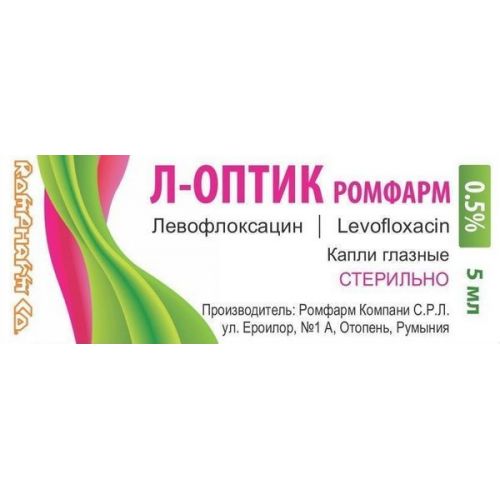
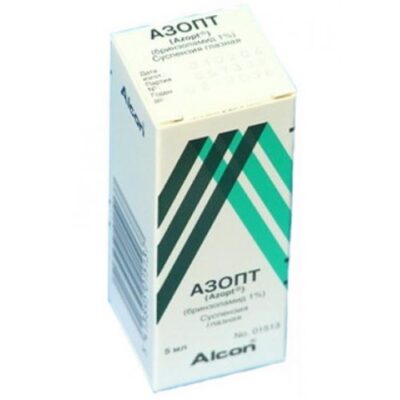
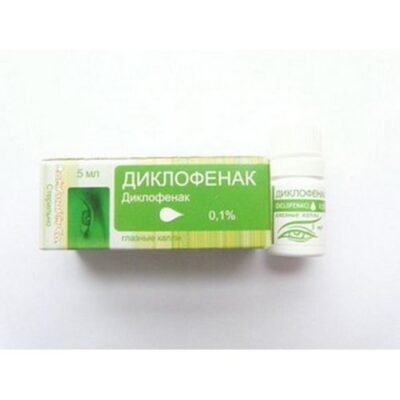
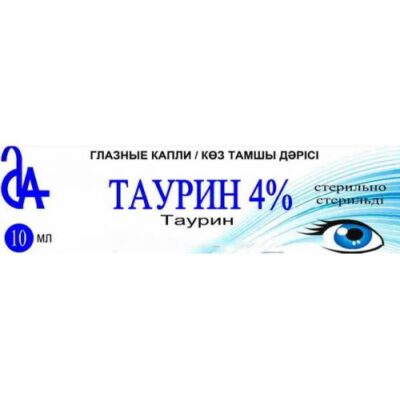
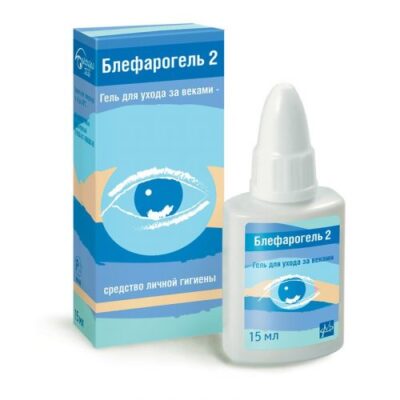
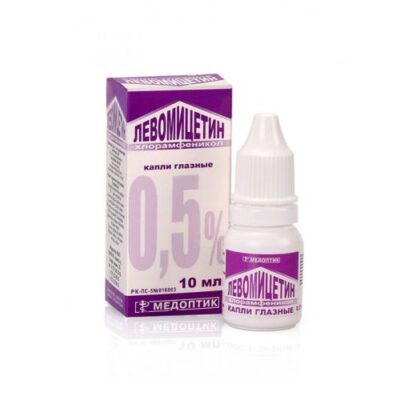
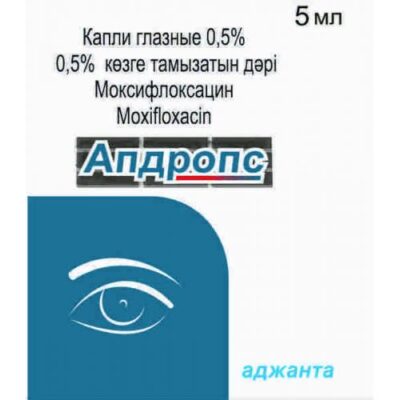
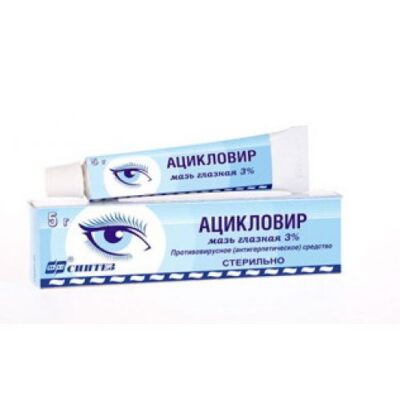
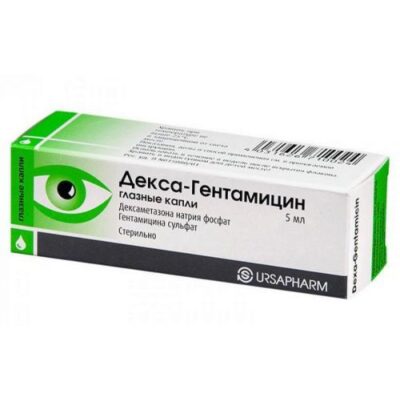
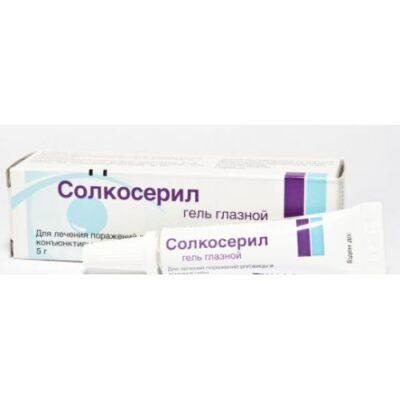
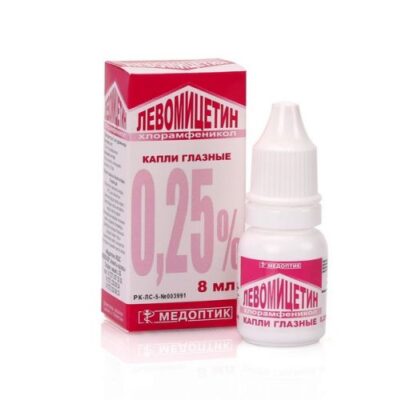






Reviews
There are no reviews yet.